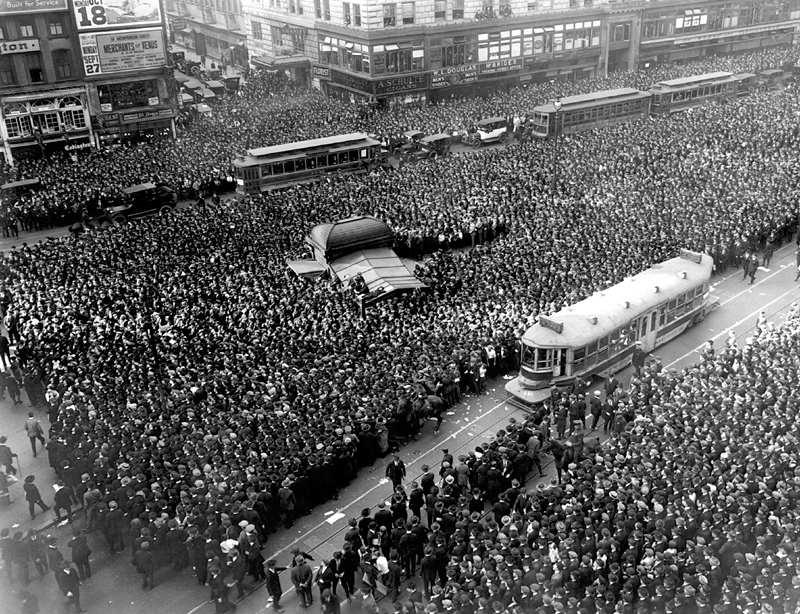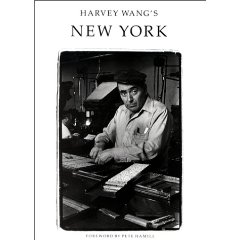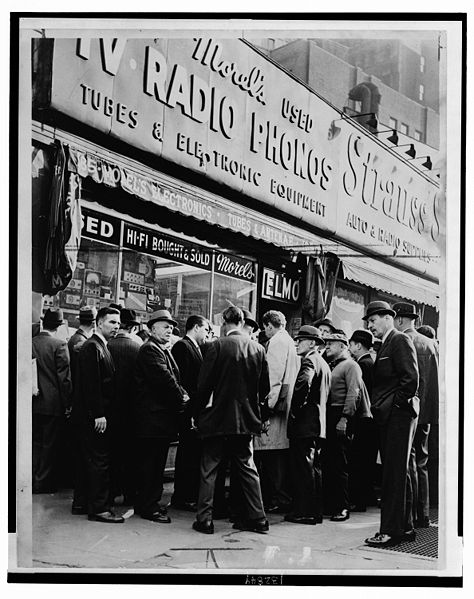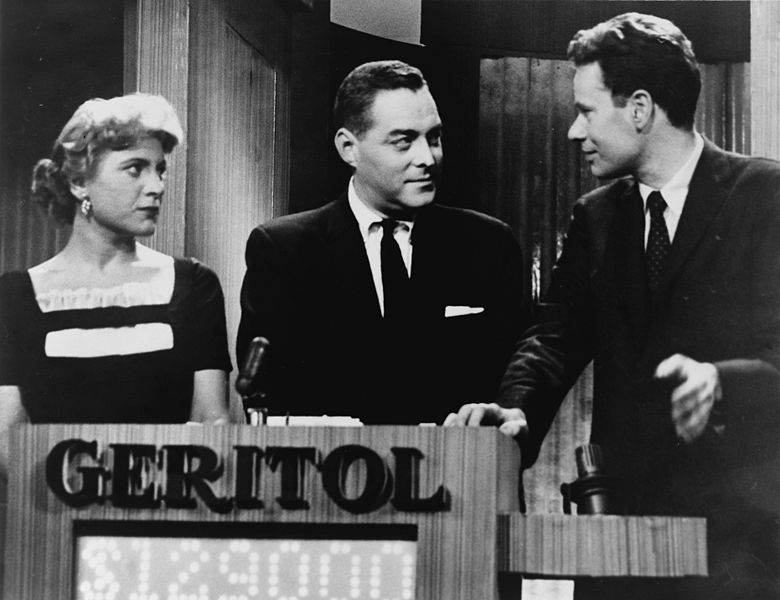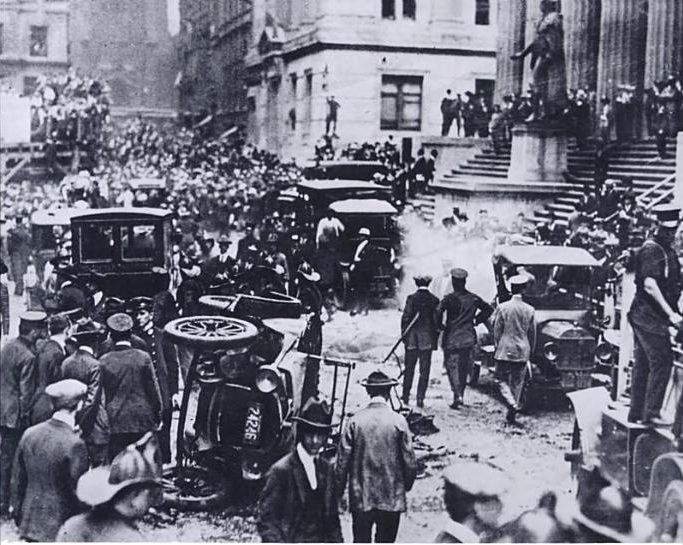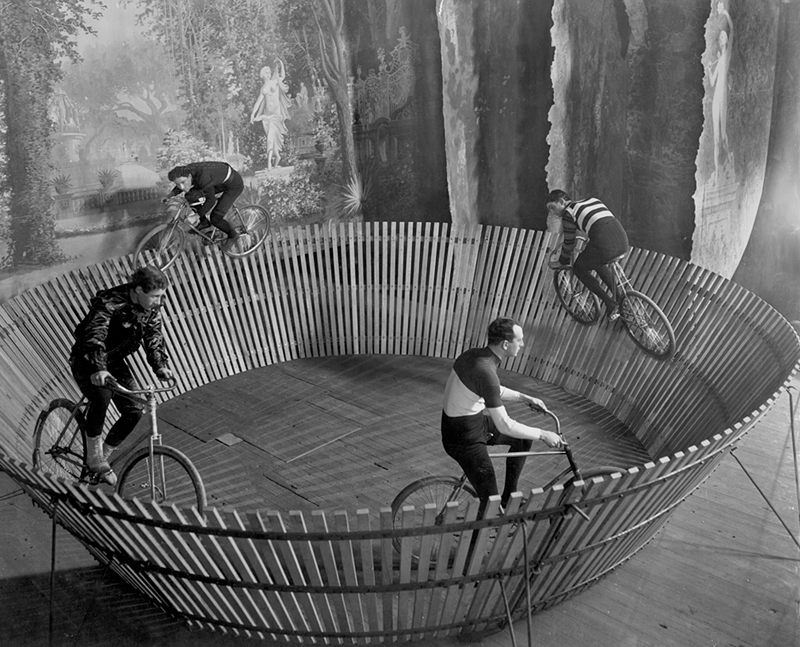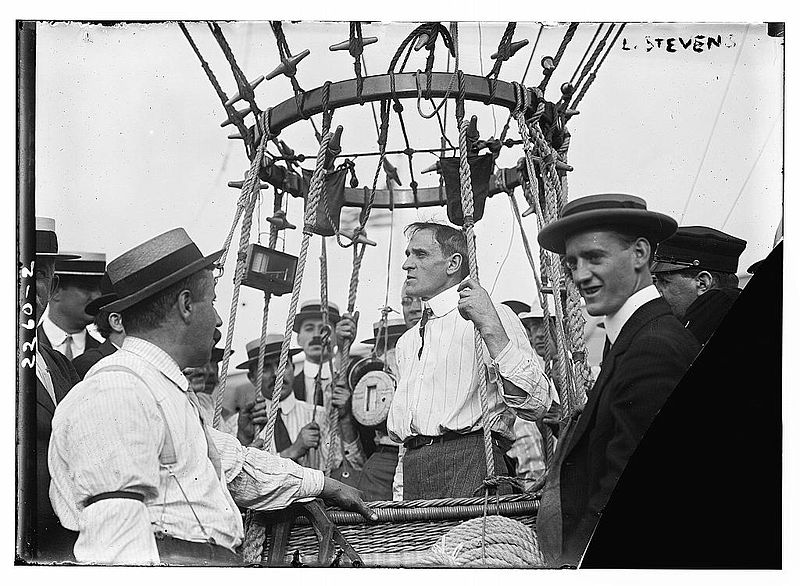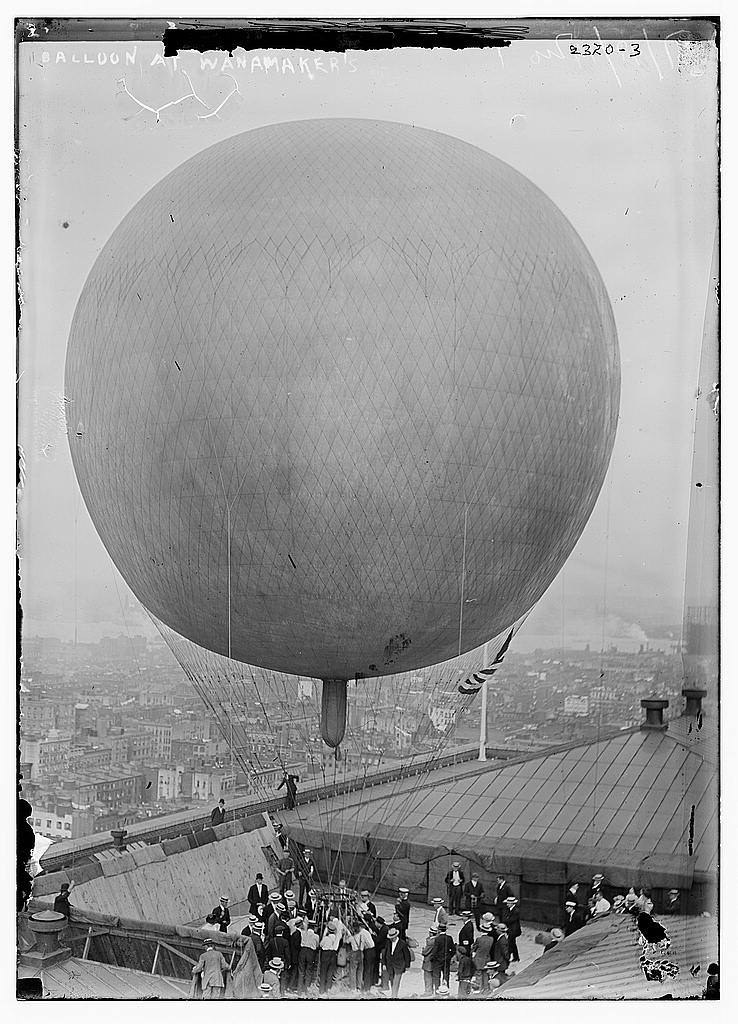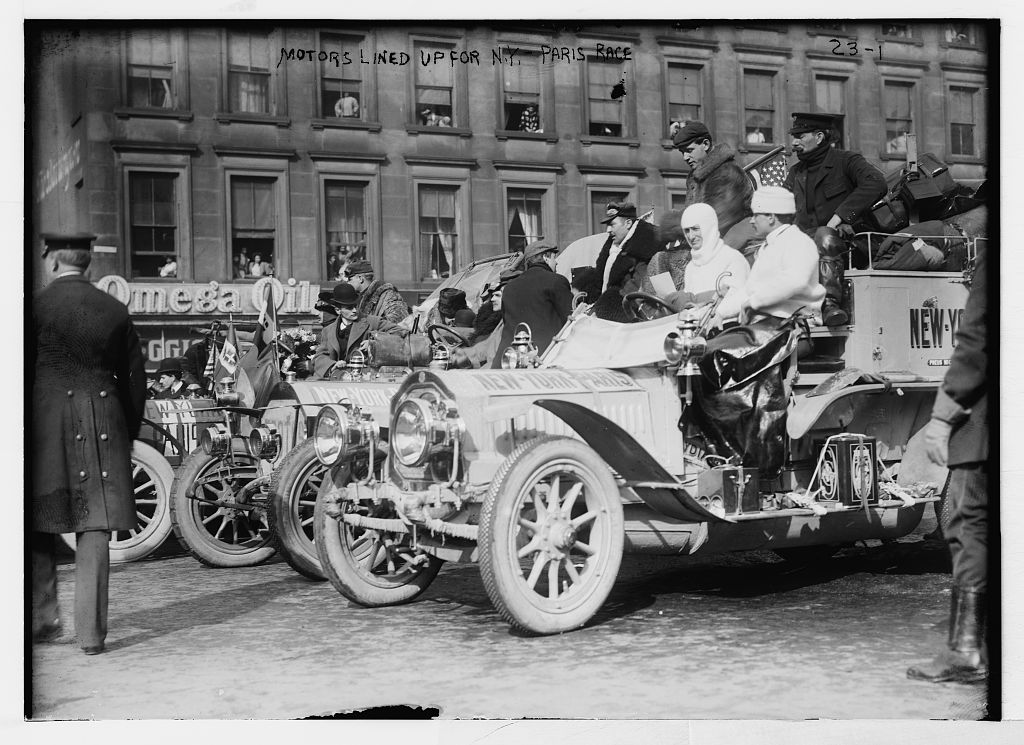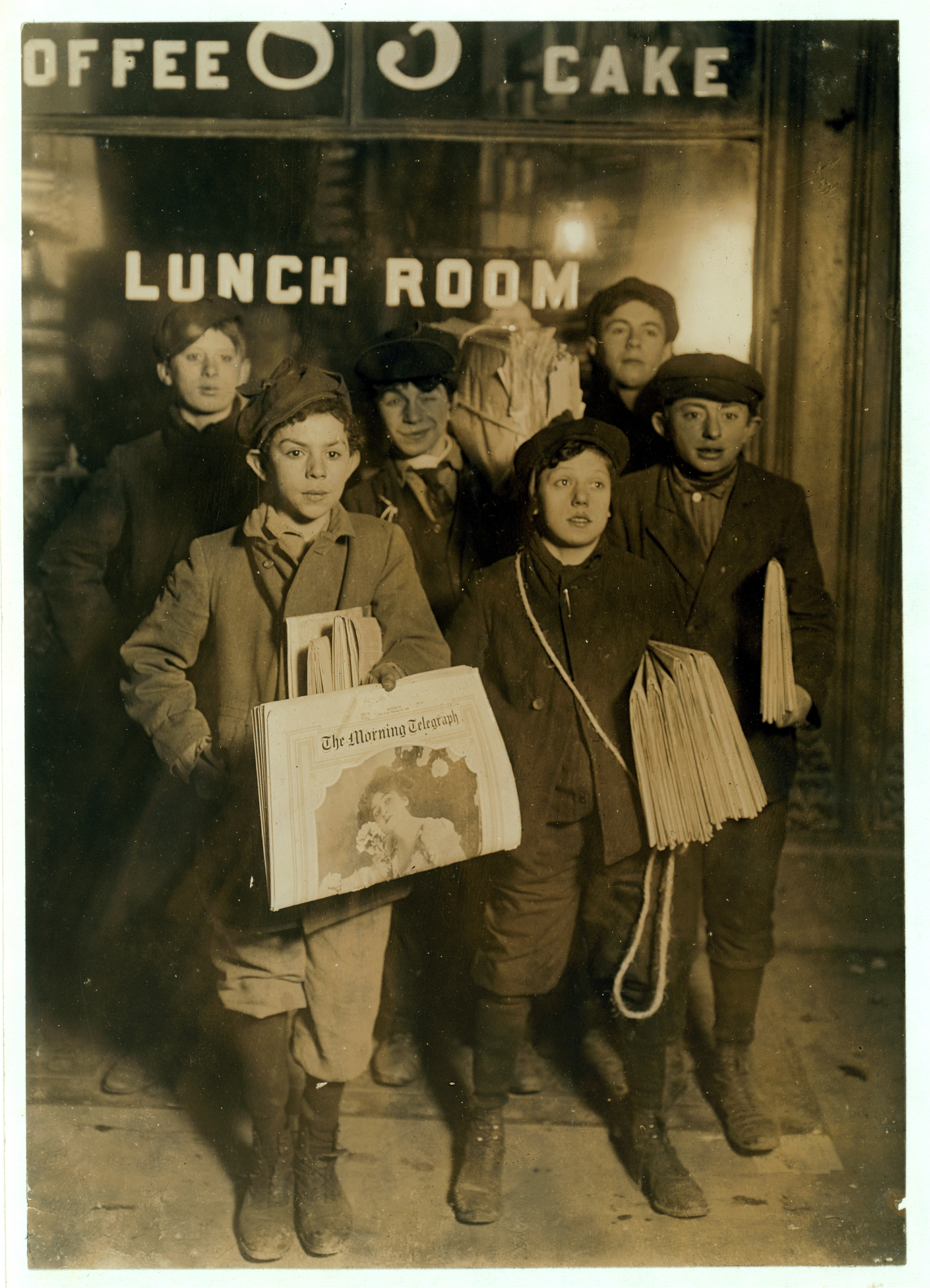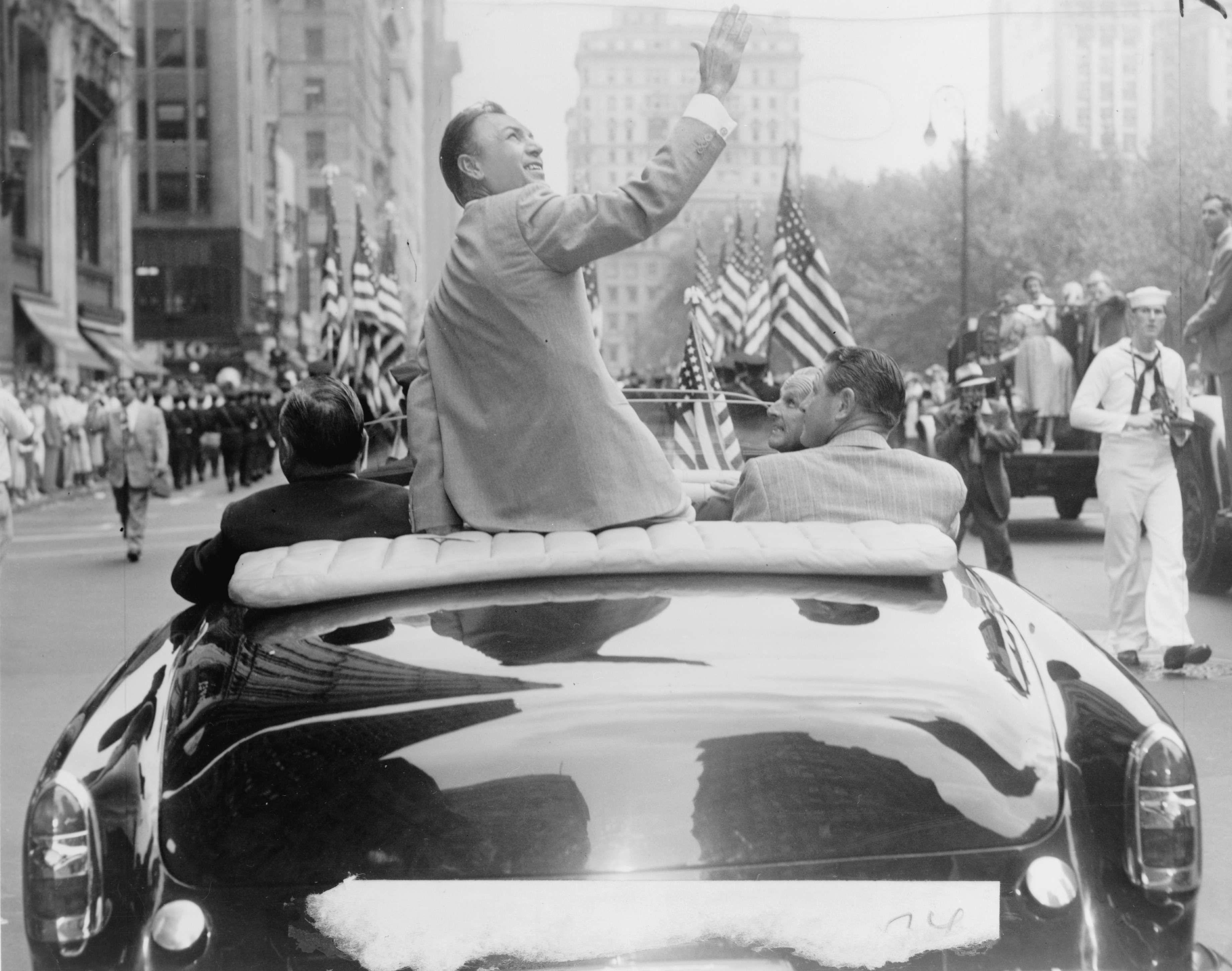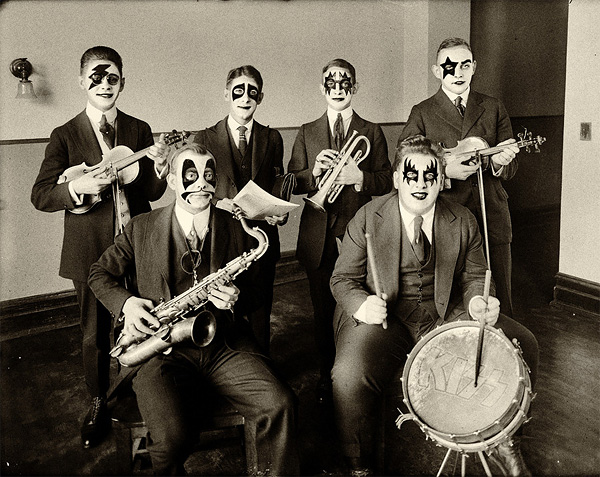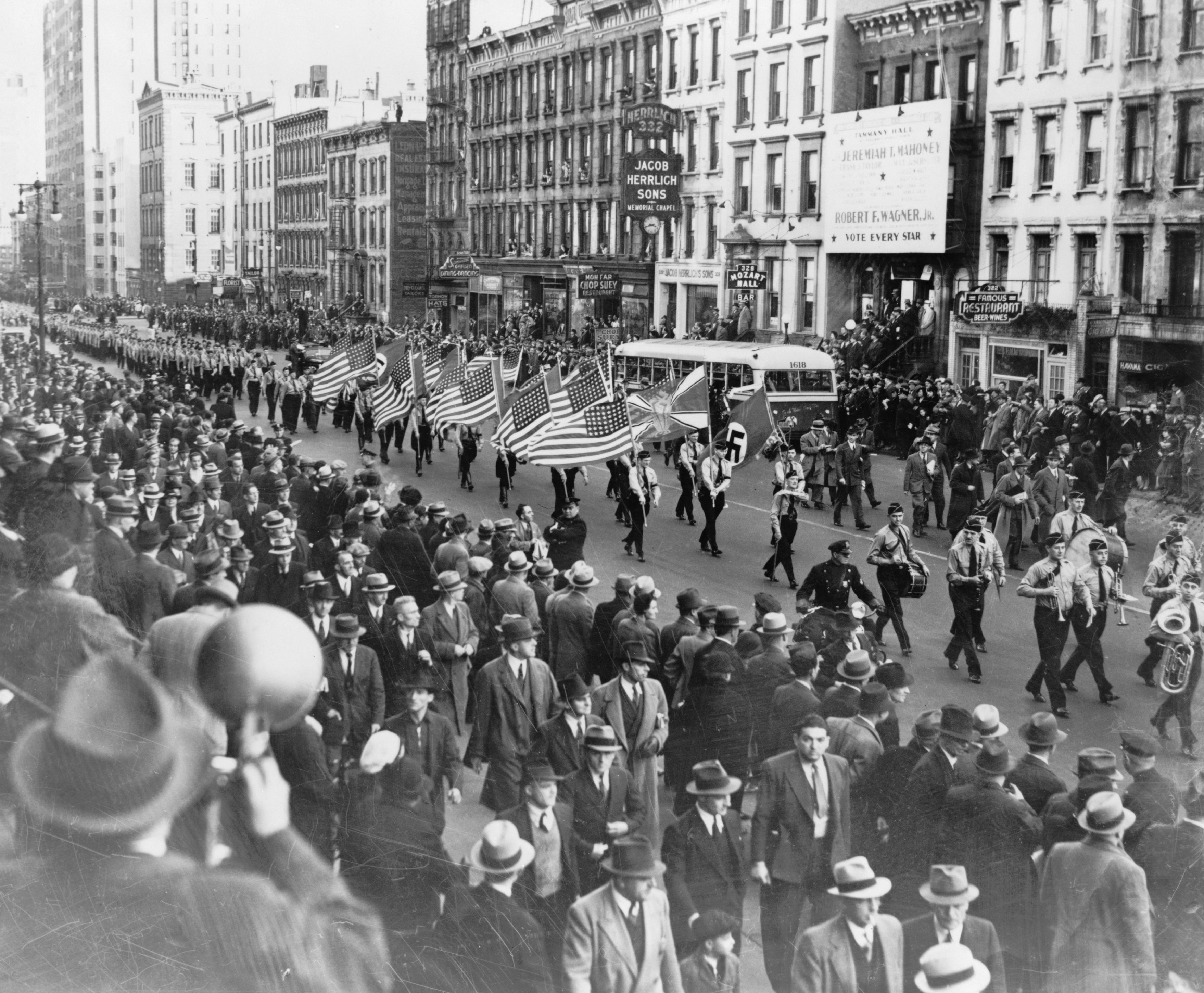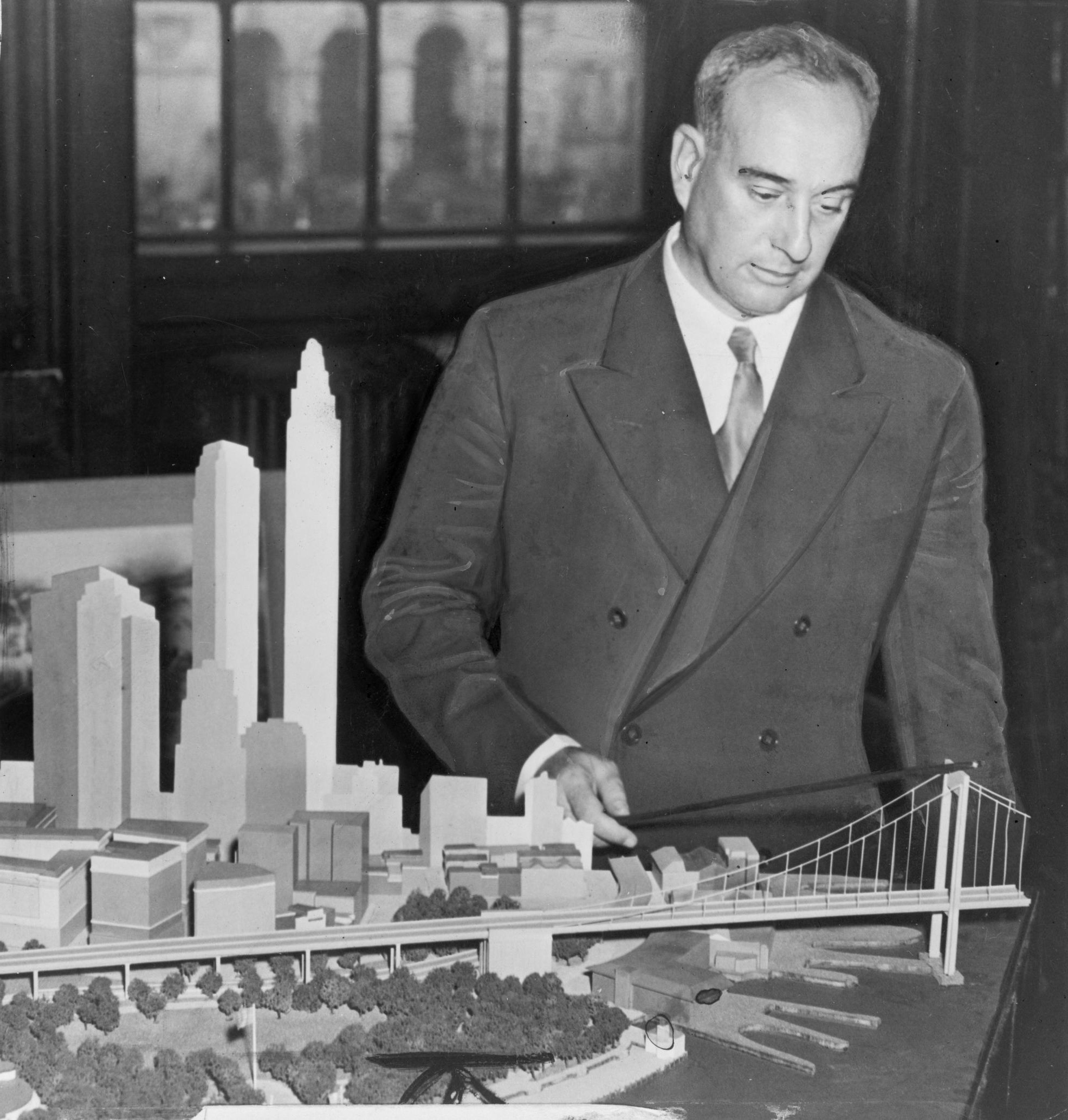This gorgeous 1928 aerial image of the peak of the Woolworth Building provides an unusual perspective of what was the tallest building in the world when it was completed in 1913, soaring to 792 feet. Paid for with cash by discount king Frank W. Woolworth for what was then a staggering sum of $13 million, the landmarked building’s grandeur outlived the stores that financed its construction, as five-and-dimes were replaced by big-boxes. A few excerpts about the Woolworth Tower from a post on New York Architecture Images.
••••••••••
Frank W. Woolworth, the five-and-dime store king, commissioned architect Cass Gilbert to design a Gothic-style skyscraper on a full-block front on Broadway between Park Place and Barclay Street. When the building was erected it rose across the street from the main downtown Post Office by Alfred Mullett. This massive mansarded structure of 1875 was later demolished and the site reclaimed as part of City Hall Park. Woolworth wanted his building to become the tallest in New York, and in the world, which meant that it needed to rise more than 700 feet– the height of the Metropolitan Life Tower. As the height escalated from a projected 625 feet to 792 feet, the cost grew from an estimated $5 million to the final cost of $13.5 million. Extensive foundations and wind bracing necessary for the tall tower as well as the ornate terra-cotta cladding and sumptuous interior fittings both inflated costs and created one of the masterpieces of early skyscraper design.
••••••••••
The sumptuous lobby features marble, fine mosaics and a rich program of sculpture, including brackets with medieval-style caricatures, including Mr. Woolworth counting his dimes and Gilbert cradling a model of the building. Allegorical murals of Commerce and Labor and ceiling vaults accented with thousands of gold tesserae make the lobby seem like a church. Indeed, the gothic tower was nicknamed ‘The Cathedral of Commerce.’
••••••••••
Mr. Woolworth financed the skyscraper in cash, which was unusual for a project of this size and cost, and he noted that the tower would be a valuable generator of publicity for the company. Still, through the 1910s, the Woolworth Company only occupied one and a half stories of the building. The rest of the building was occupied by more than 1,000 tenants. For most of the twentieth century the building never had a mortgage — something almost unheard of for such a large commercial structure. In 1998 the Woolworth Company’s successor, the Venator Group, sold the tower for $155 million: this was the first time the property changed hands in its 85-year history.




